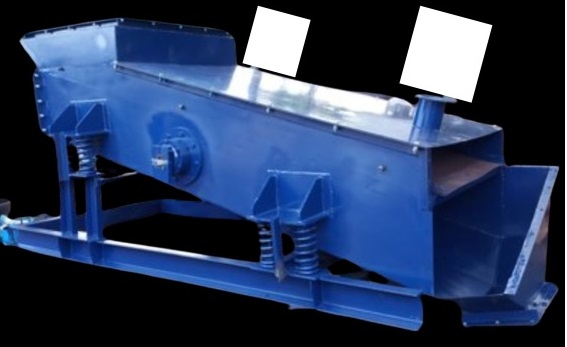
What Are Vibrating Screens?
Vibrating screens are mechanical screening machines used to separate materials based on particle size. They utilize vibrations to efficiently sort and classify materials in industries like mining, construction, recycling, and food processing.
How Do Vibrating Screens Work?
These screens operate by generating vibrations through motors or unbalanced weights, causing materials to move across the screen surface. The vibrations ensure effective separation of particles, enhancing screening efficiency and throughput.
Types of Vibrating Screens
1. Linear Vibrating Screens
Linear vibrating screens use linear motion to move materials in a straight line. They are ideal for precise material classification in industries like chemicals and agriculture.
2. Circular Vibrating Screens
Circular screens employ circular motion, making them effective for handling large quantities of bulk materials in mining and aggregate processing.
3. Elliptical Vibrating Screens
These screens combine linear and circular motion, offering enhanced efficiency for difficult-to-screen materials such as wet or sticky substances.
4. High-Frequency Vibrating Screens
Designed for fine material screening, these screens operate at high frequencies to separate small particles in applications like pharmaceutical production and fine mineral processing.
5. Trommel Screens
Although different in design, trommel screens are sometimes considered a variation of vibrating screens. They use a rotating drum to separate materials, often used in recycling operations.
Applications of Vibrating Screens
Mining and Quarrying
Vibrating screens are extensively used in mining operations to classify and separate ores, coal, and other raw materials efficiently.
Construction and Aggregates
They help in grading and sorting sand, gravel, and crushed stone in construction projects.
Recycling and Waste Management
Recycling plants utilize vibrating screens to sort plastic, paper, metal, and other recyclables efficiently.
Food and Pharmaceutical Industry
These industries use vibrating screens for quality control and classification of powdered and granular products.
Benefits of Using Vibrating Screens
1. High Efficiency and Accuracy
They offer precise material separation, reducing waste and improving productivity.
2. Low Maintenance Requirements
With fewer moving parts, vibrating screens have lower maintenance costs compared to traditional screening methods.
3. Versatile Applications
From mining to food processing, vibrating screens are adaptable to various industrial needs.
4. Improved Product Quality
They ensure consistent particle size distribution, leading to higher product quality.
5. Energy Efficiency
Modern vibrating screens consume less energy while delivering superior performance.
How to Maintain Vibrating Screens for Optimal Performance
Regular Inspection
Check for wear and tear on screen panels, bolts, and drive components.
Proper Lubrication
Ensure motors and bearings are adequately lubricated to reduce friction and extend lifespan.
Screen Panel Cleaning
Regularly clean screen panels to prevent clogging and ensure smooth operation.
Check for Unbalanced Loads
Ensure the material is evenly distributed across the screen surface to prevent uneven wear.
FAQs About Vibrating Screens
1. What factors affect the efficiency of a vibrating screen?
Several factors, including screen design, vibration frequency, material properties, and feed rate, impact efficiency.
2. How often should vibrating screens be maintained?
Routine maintenance should be conducted weekly, with a thorough inspection at least once a month.
3. Can vibrating screens be customized?
Yes, manufacturers offer customizable screen sizes, mesh types, and vibration settings to suit different applications.
4. What industries benefit the most from vibrating screens?
Mining, construction, recycling, food processing, and pharmaceuticals benefit significantly from vibrating screens.
5. How do I choose the right vibrating screen for my application?
Consider factors like material type, desired output size, processing capacity, and operational conditions.
Conclusion
Vibrating screens are essential tools for efficient material separation in various industries. With different types available, choosing the right one can significantly enhance productivity and product quality. Proper maintenance ensures long-term performance and cost-effectiveness. Whether in mining, construction, or recycling, vibrating screens play a critical role in improving industrial operations.
By understanding their types, benefits, and maintenance, businesses can optimize screening processes and boost operational efficiency. Investing in the right vibrating screen can lead to increased profitability and sustainable operations.